When is it safe to play ball?
When puppies are young they love to chase and chew things. The quickest, easiest thing to provide is a ball. They quickly learn that if they bring it to us we will interact with them and throw it again for them to chase, and again and again.
On many levels for many dogs this whole process causes problems. But for many others, this interaction provides mental stimulation, improved exercise, and focus on their owner
When it comes to our pets health the standard line is NO BALL. To reduce the risk of joint injuries, gastrointestinal obstruction, choking and obsessive compulsive disorders, avoiding introducing any ball play is the safest option
However if you have a high energy dog, introducing ball/toy/reward for intelligent behaviour can be a great way of providing mental stimulation to use up some energy, without the need to physically exhaust them.
When rehabilitating dogs recovering from injury or surgery it is especially important that they don’t re-injure themselves, or slow their recovery by being too physically active too soon. Using a ball in this situation requires some careful planning and control.
Paralysed dogs or dogs with hind limb problems can play catch with a ball gently thrown to them, from 1 arms length or less away, providing they have hind limb support. If they are supported well enough not to fall, the catch game distance can be increased, as long as the ball is being successfully caught. Don’t alter the direction of the throw so that the dog doesn’t have to twist or lunge to reach it. A mad scramble for a dropped ball can risk undoing a surgical repair. Holding the ball in your hand and feinting from one side to the other (or raising it up and down) can be good static weight bearing exercise. As can, sit to stand or sit to down for the ball.
When a dog is cage confined placing a ball, toy or tiny food reward under a cup, cushion or rug in their cage to hide and seek, can keep them entertained with minimal joint stress. Allowing supervised chewing, practising drop for reward or ‘give to paw’ (Hi 5) exercises can also be mentally stimulating without high impact.
Once they have recovered sufficiently following injury or surgery, coming out of the cage to a confined area - such as a short hallway or laundry - for controlled ball exercise will give them a little more sense of freedom, without much space to over exercise or perform extreme movements.
Ball play will always be potentially hazardous, but bearing in mind these simple precautions can maximise the fun for everyone.
Ball play should be a one on one game to limit the risk of injury or behavioural issues
Always roll the ball along the ground. Never throw high or encourage jumping
Throwing a ball into the water (between your dog’s elbow and shoulder depth) is good exercise and reduces injury risk
Always keep ball play times short for these reasons
- Puppies don’t need to be over exercised (how many two year old children run for more than 10 minutes at a time?)
- Adult dogs have the attention span and cognition of a pre-school child (they wear out mentally too!)
- The more you wear dogs out when they are young the faster they succumb to arthritis as they age
If you have a comment about this topic feel free to post it below.
If you have any other rehab related questions you would like answered take a look at our Facebook page and join the conversation there.







